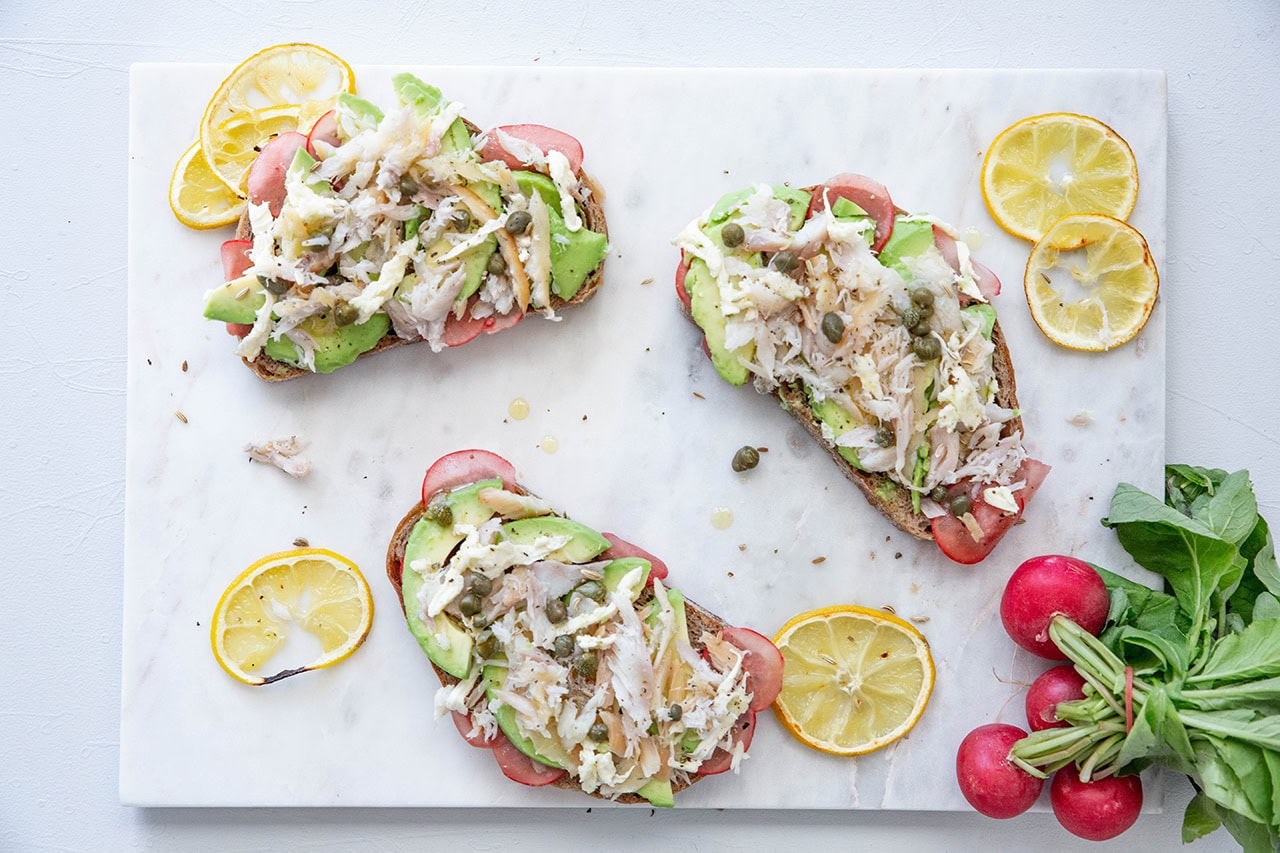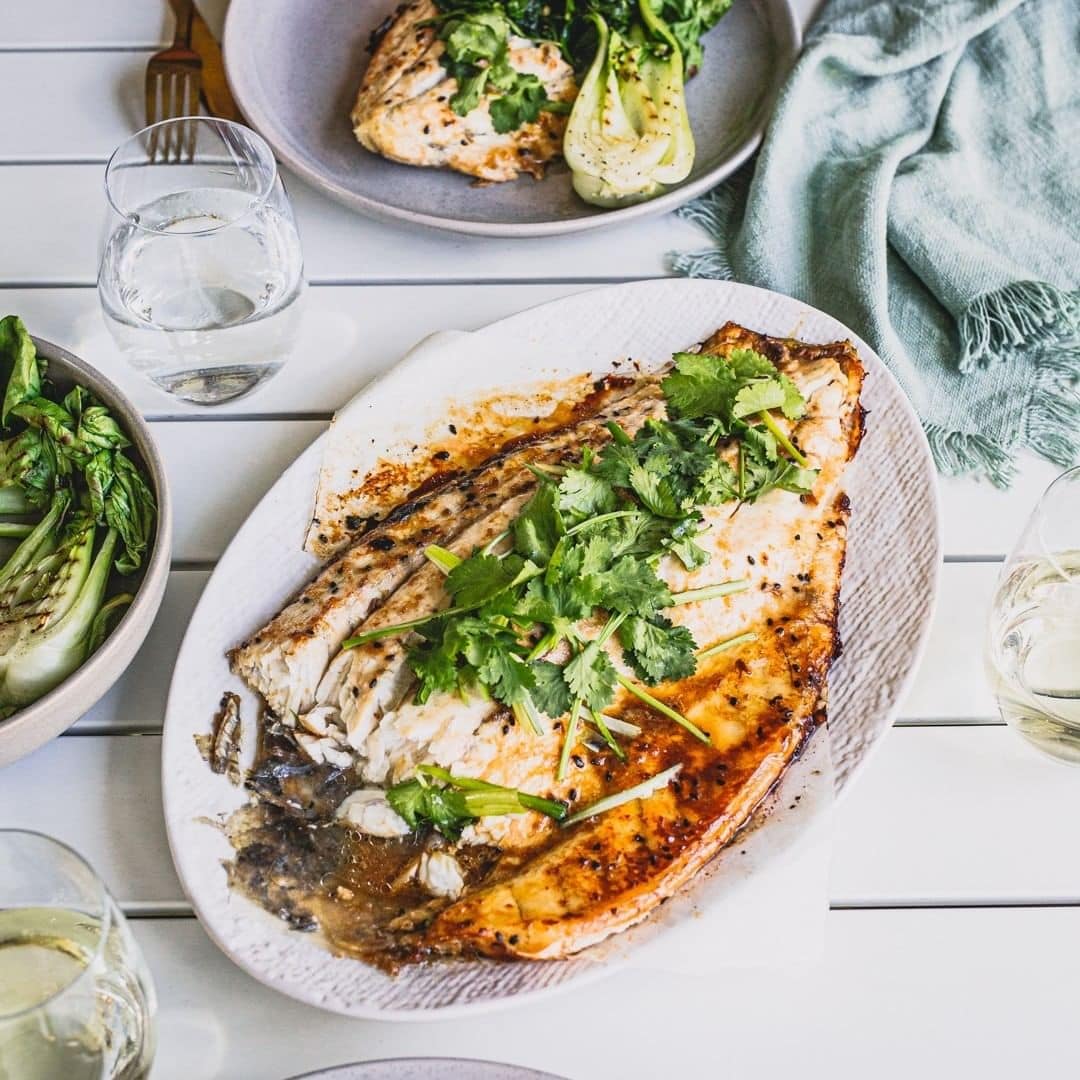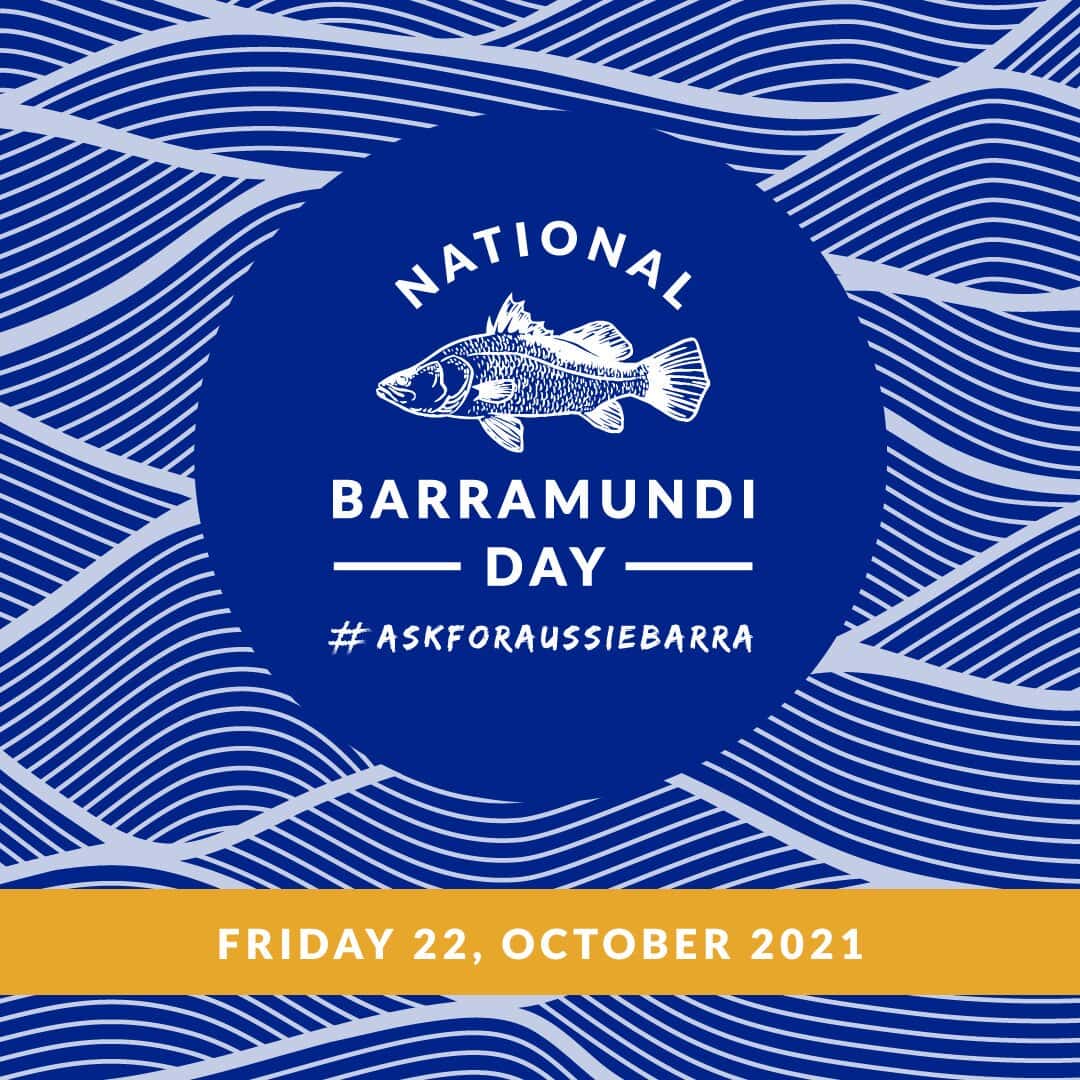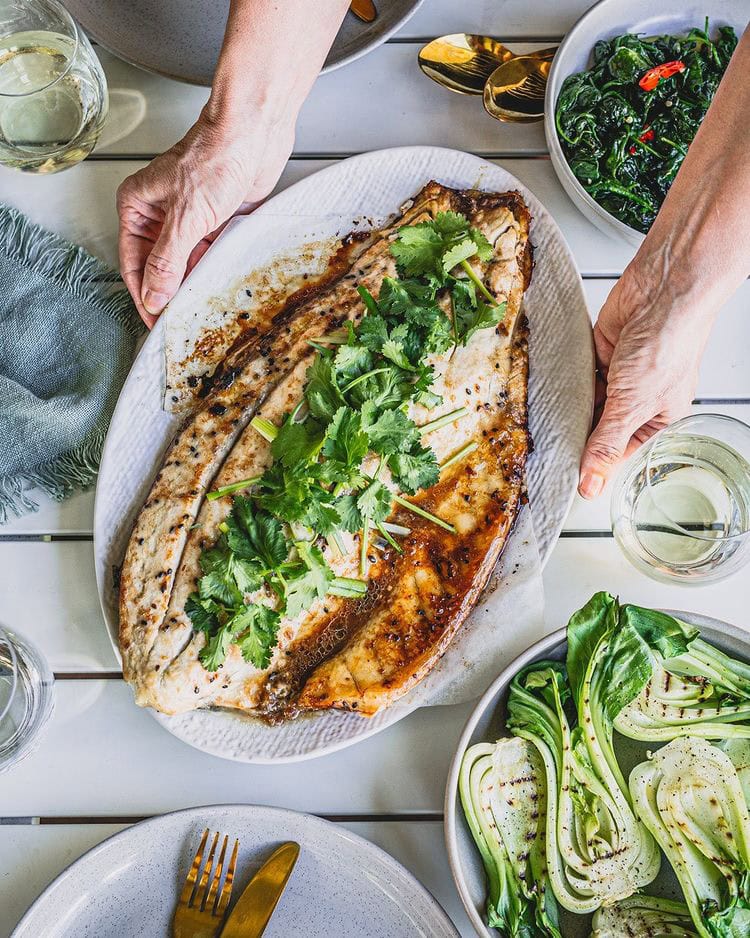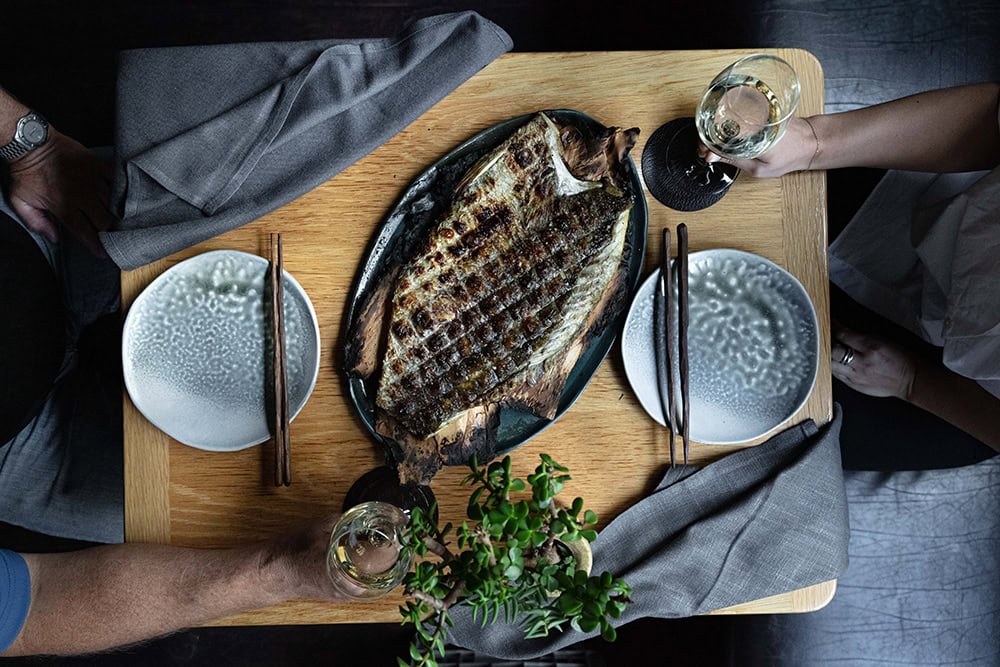What do barramundi eat? An interview with Ridley
What do barramundi eat? An interview with Ridley
When it comes to enjoying beautiful fresh barramundi, here at Sustainable Australian Barramundi there is nothing more important to us than the quality of fish our farmers produce. These high standards of quality are enforced through factors such as the temperature and cleanliness of the water and of course, the quality of the feed given to the fish. After all, we eat everything our food eats!
We recently chatted to Haydn Slattery, the General Manager of Aquafeed at Ridley, a leading provider of high-performance animal nutrition solutions to find out more about what our favourite fish is feeding on (now say that three times fast, heh).
How does feed compare to what barramundi eat in the wild?
Barramundi in the wild are opportunistic carnivores, meaning that they can feed on a variety of different prey items. They can live in very different environments depending on their life stage too, so they access different food items throughout their life cycle, therefore barramundi aquafeed must be a complete nutritional solution throughout their lives, adapted to their size and environment.
The Ridley Marine Float range meets all the nutritional requirements of fast-growing barramundi to ensure they have optimal growth performance, supporting their health through times of stress and changing
What ingredients are in Ridley feed?
Ridley’s aquafeed is made up of a number of ingredients including domestically sourced grains, high-quality meat, vegetable proteins, oils, fish meal generally as byproducts of human food production and as a diversion from waste and landfill.
How are the feed ingredients sourced?
All our feed mills are certified to BAP (Best Aquaculture Practises), Global Gap, HACCP and FeedSafe standards, as well as to ASC (Aquaculture Stewardship Council) standard as required by our customers. These certification bodies demand that Ridley meet key sustainability criteria regarding environmental impact, social responsibility, food safety, and animal health and welfare.
We demand traceability of all raw materials from their source. By careful choice of raw material and diet design, we help our customers produce more fish than the amount of marine resources that go into the feed. Some of our product includes wild caught marine meals or oils, which we source from managed stocks which are under strict controls from non-industry third party organisations.
Are there any interesting sustainability benefits of farmed fish?
Eating responsibly farmed barramundi offers a nutritious and sustainable solution to wild caught seafood, thus reducing the reliance on already pressured natural resources. When their feed is sustainable too, using carefully selected raw materials, this offers the best balanced and long-term benefits, minimizing the impact on wild-caught marine resources. Ridley works closely with our customers to provide high performing diets that achieve optimal fish growth and health while using up to 15% less feed. Our extensive R&D and innovation investment prioritises better use of sustainable raw materials and optimal diet design.
Does feed contain growth hormones or antibiotics?
No, Ridley does not add growth hormones or antibiotics. The feed that we produce contains all of the nutrients the Barramundi needs to grow and be heathy.
Does feed contain chemicals or preservatives harmful to human health?
No, there is nothing in the feed that is harmful to human health.
Does fish feed have a shelf life?
Fish feed has a best before-date 9 months from production.
To find out more about our Australian barramundi farms that you can trust for premium quality sustainable barramundi, click here.
If you’re looking for some easy and DELICIOUS recipes, look no further than our FREE recipe cookbook created by Australia’s best chefs.

